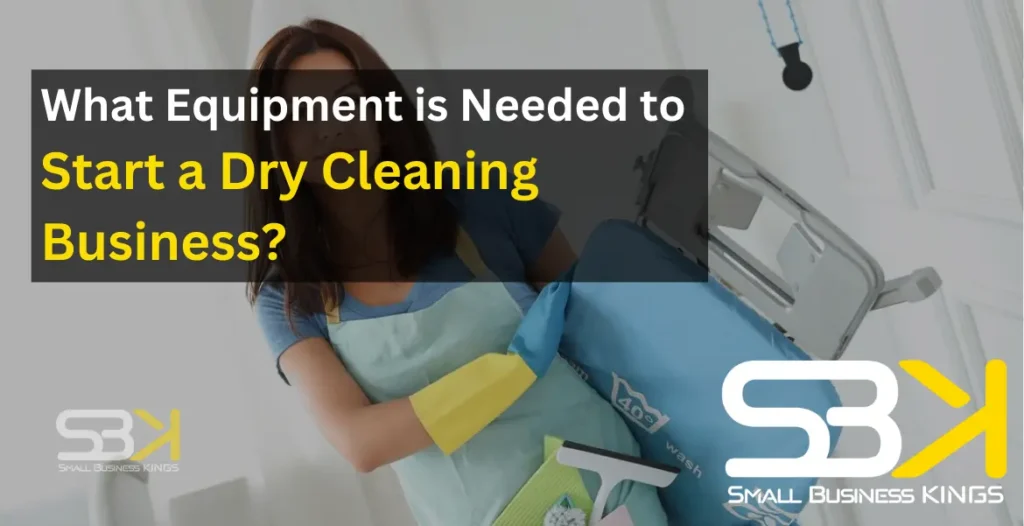Starting a laundry service venture is an exciting and potentially profitable opportunity, but it requires careful planning and investment in the right equipment. The laundry industry is highly competitive, and to succeed, you need efficient and reliable tools that ensure high-quality service while keeping operations smooth and cost-effective.
From industrial washing machines and commercial dryers to garment racks and cleaning chemicals, each piece of equipment plays a critical role in delivering quality results and maintaining customer satisfaction. In addition, you must adhere to environmental regulations and ensure your equipment meets safety standards.
Whether you’re looking to open a small neighborhood shop or a large-scale operation, understanding the essential equipment needed and how to choose the right models will set you on the path to success. This article will help you navigate the equipment essentials required for launching your laundry service and provide insights to make informed decisions.
Overview of the Dry Cleaning Industry
The dry cleaning industry plays a significant role in textile care, offering a convenient and effective solution for cleaning delicate garments. Over the years, the demand for dry cleaning services has remained steady, as more people look for professional cleaning methods for fabrics that can’t be washed with water.
Dry cleaning business profitability depends on investing in high-quality equipment, optimizing operational costs, and providing excellent customer service. However, to succeed in this competitive industry, it’s crucial to stay ahead with the best equipment, ensuring your service is both efficient and environmentally friendly. With the right strategies, dry cleaning is a good business that can generate consistent revenue and long-term success.
Importance of Having the Right Equipment for Success
Starting a dry cleaning business involves more than just providing cleaning services. Your success hinges on having the right equipment to ensure your operations run smoothly. The right equipment not only improves the quality of cleaning but also boosts productivity, reduces costs in the long run, and enhances the customer experience.
Selecting the best tools can ultimately determine whether your business thrives or struggles. Moreover, investing in high-quality equipment can help you meet industry standards and stay competitive in a rapidly evolving market.
Essential Dry Cleaning Equipment
Dry Cleaning Machine
The main component of any laundry service is the cleaning equipment. These machines are specifically designed to clean clothes using a solvent, instead of water. They are equipped to remove stains and dirt from delicate fabrics while preserving their texture and color.
Cleaning machines come in different types, each suited for various cleaning needs. Understanding the types of dry cleaning services available can help customers choose the best method for their garments.
- Solvent-Based Machines: These machines use chemicals like perchloroethylene (perc), which are highly effective at removing oil-based stains. They are the most commonly used in traditional dry cleaning setups but are increasingly being replaced due to environmental concerns.
- Hydrocarbon Machines: These machines use hydrocarbon solvents, which are less toxic and more eco-friendly. They are an excellent option for businesses seeking to be more environmentally responsible while still providing excellent cleaning results.
Steam Presses
Steam presses are essential for finishing garments after they’ve been cleaned. They remove wrinkles and ensure the garment looks crisp and professional. These presses are faster and more effective than traditional irons, which makes them ideal for commercial dry and laundry cleaning businesses that need to handle a large volume of garments.
While traditional irons can work well for home use, steam presses offer faster, more efficient results, particularly for garments with intricate designs or heavy fabrics. Steam presses apply consistent pressure and steam, reducing the chance of damaging delicate fabrics.
Spotting Boards
A spotting board is a crucial piece of equipment used for inspecting and treating stains on garments before they undergo the main cleaning process. It allows operators to apply specialized stain removers directly to the fabric. This equipment ensures that all stains, including tough ones, are dealt with before the garment is cleaned, enhancing the quality of the final result.
When purchasing a spotting board, it’s important to look for adjustable features such as lighting, which will help to clearly spot stains. It should also have adequate ventilation to help with chemical application and removal.
Commercial Dryers
Commercial dryers are designed for high-capacity drying of garments, especially after they’ve been cleaned. These dryers use gentle tumbling motions to ensure delicate fabrics like silk, wool, and rayon aren’t damaged. There are two main types of dryers commonly used in dry cleaning:
- Heat Pump Dryers: These dryers use less energy by recycling the air, making them ideal for eco-conscious businesses.
- Tumble Dryers: Standard commercial dryers that use heat to dry the clothes quickly. These are typically used for bulk items that don’t require delicate handling.
Energy-efficient dryers reduce operational costs over time. Choosing energy-efficient dryers helps save on utility bills and makes the business more sustainable.
Garment Racks and Hangers
Once garments are cleaned and pressed, they need to be properly stored and displayed. Garment racks are essential for organizing these items in an orderly fashion. They help in both organizing clothes and improving customer experience when picking up their orders.
The type of hanger you use plays a big role in preserving the shape of garments. Padded hangers are ideal for delicate garments like suits and dresses, while plastic hangers are perfect for shirts and pants.
Detergents and Solvents
Dry cleaning chemicals, including detergents, solvents, and stain removers, are used to clean garments effectively without water. The most commonly used solvent, perchloroethylene (perc), has been under scrutiny due to its environmental and health impacts, leading businesses to look for safer alternatives.
Eco-friendly solvents are becoming more popular as they reduce the environmental impact of dry cleaning operations. Businesses that prioritize sustainability and customer health are more likely to attract customers looking for greener alternatives.
Additional Equipment and Supplies
Laundry Carts and Baskets
Laundry carts and baskets are essential for transporting clothes within the facility. They help in organizing and sorting clothes before and after cleaning, making the process more efficient. With the right number of carts, you can manage the flow of garments without delays, ensuring a smoother operation and minimizing the risk of mixing up customer items.
Folding Tables
Once garments are cleaned and pressed, folding tables help ensure they are neatly folded for storage or pickup. These tables are particularly useful for flat garments like bed linens and shirts. They also provide a dedicated space to inspect garments for any final touch-ups before they’re returned to customers.
Point of Sale (POS) System
A reliable POS system is essential for managing customer transactions, tracking orders, and handling payments efficiently. It also helps keep records of customers’ cleaning preferences and order history. A modern POS system can integrate with your accounting software, making financial management easier and more accurate.
Computer Systems
A computer system is needed to manage inventory, schedule appointments, and ensure smooth day-to-day operations. It helps streamline the workflow and ensures your business remains organized. Additionally, a robust computer system can improve customer service by allowing you to keep track of orders, update inventory, and communicate easily with clients.
Safety Equipment
Handling chemicals and machinery in a laundry service requires proper safety equipment. Gloves, masks, and protective eyewear are necessary to prevent exposure to harmful chemicals.
Ensuring that your staff adheres to safety regulations when using cleaning chemicals is essential not only for their health but also to meet regulatory standards. This protects your business from potential legal issues and fines.
Maintenance and Support Equipment
Regular maintenance of your equipment is crucial to extend its lifespan and ensure smooth operations. Investing in basic maintenance tools helps you perform routine tasks, such as cleaning filters, checking for leaks, and performing minor repairs.
Service contracts with professional technicians ensure that your dry cleaning machinery is regularly serviced and maintained. Having a reliable technician on hand can prevent unexpected downtime, ensuring your operations run smoothly.
Conclusion
Starting a laundry service requires careful planning and investment in the right equipment. From industrial washing machines and steam presses to spotting boards and garment racks, each piece of equipment plays a vital role in ensuring your service operates efficiently and provides top-notch results.
By investing in quality equipment and maintaining it properly, you can build a successful business that meets customer expectations and stands out in a competitive market.
FAQs
- How much does it cost to start a laundry service?
The cost can range from $50,000 to over $200,000, depending on the equipment and size of the facility. - Can I start a laundry service at home?
Starting a laundry service from home is possible but challenging due to space and equipment requirements. It’s better suited for small-scale operations. - What equipment is needed to start a dry cleaning business? To start a dry cleaning business, you need a dry cleaning machine, steam press, spotting board, commercial dryer, garment racks, POS system, and safety gear for handling chemicals.
- How often should laundry equipment be maintained?
Regular maintenance should be done every 6 to 12 months, depending on usage, to keep equipment running smoothly. - Are there eco-friendly options for dry cleaning business equipment?
Yes, there are eco-friendly cleaning machines and solvents that use less toxic chemicals and are more energy-efficient.




